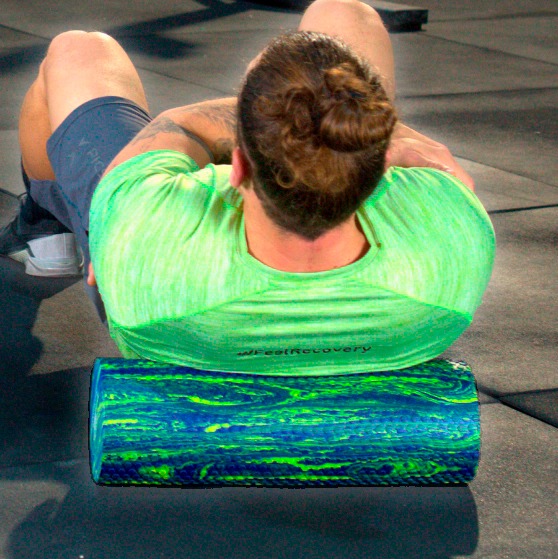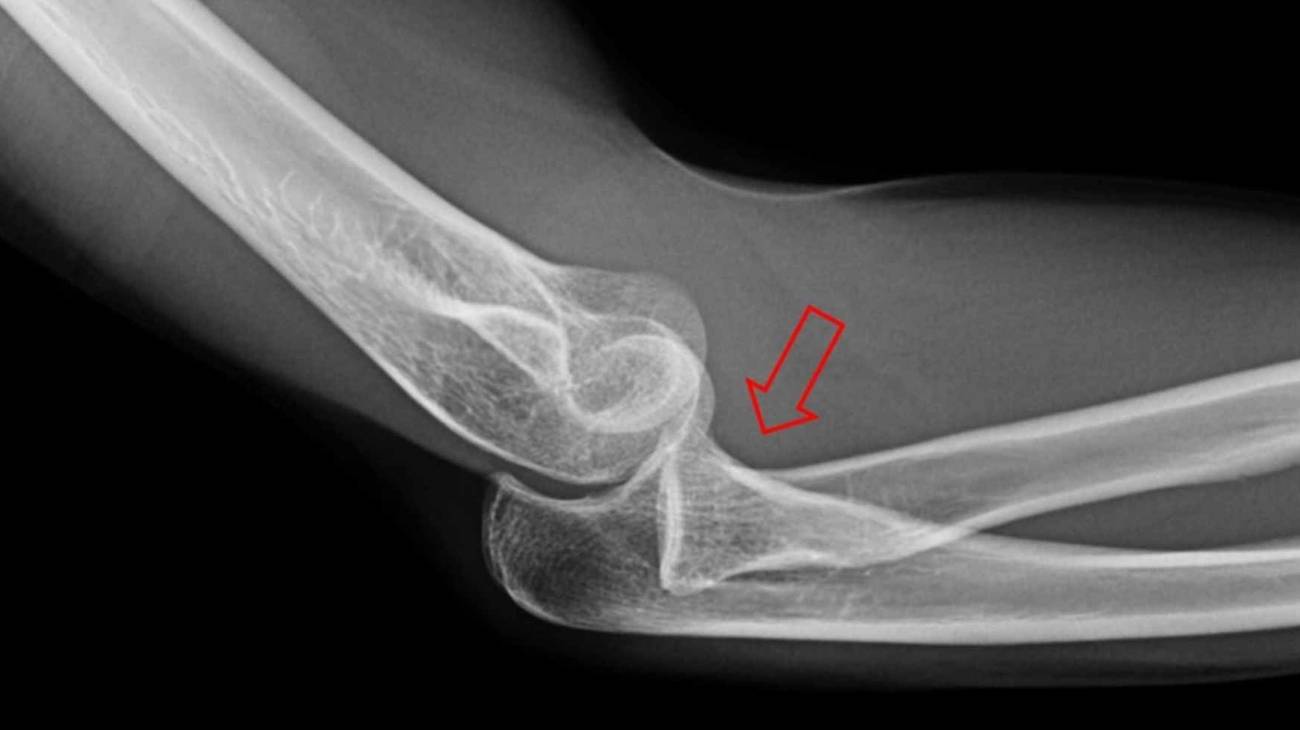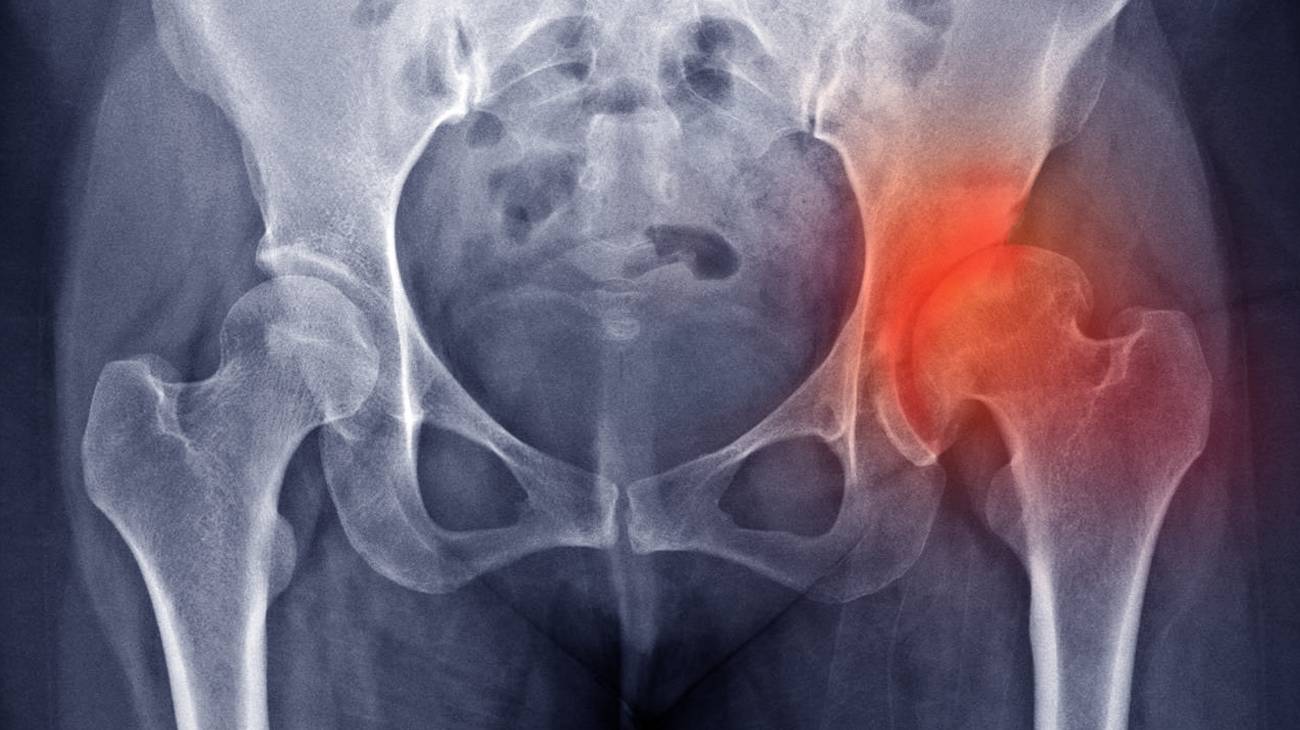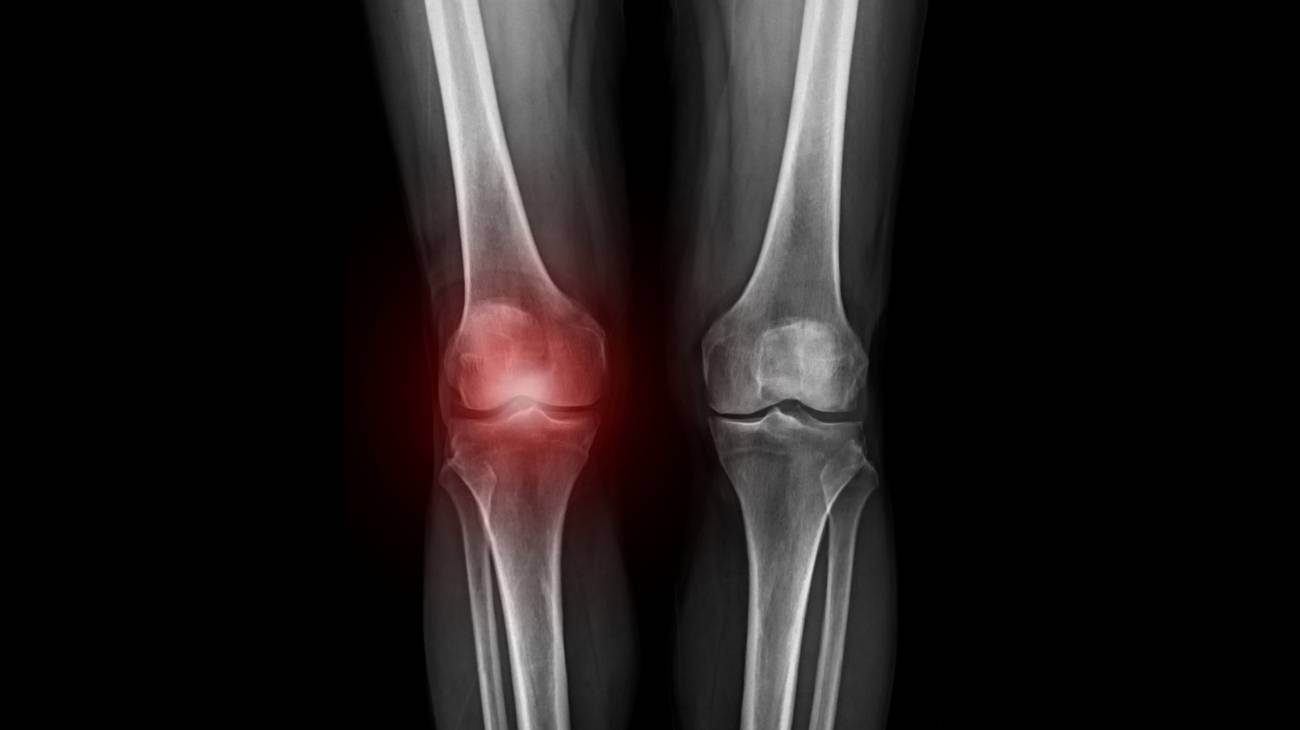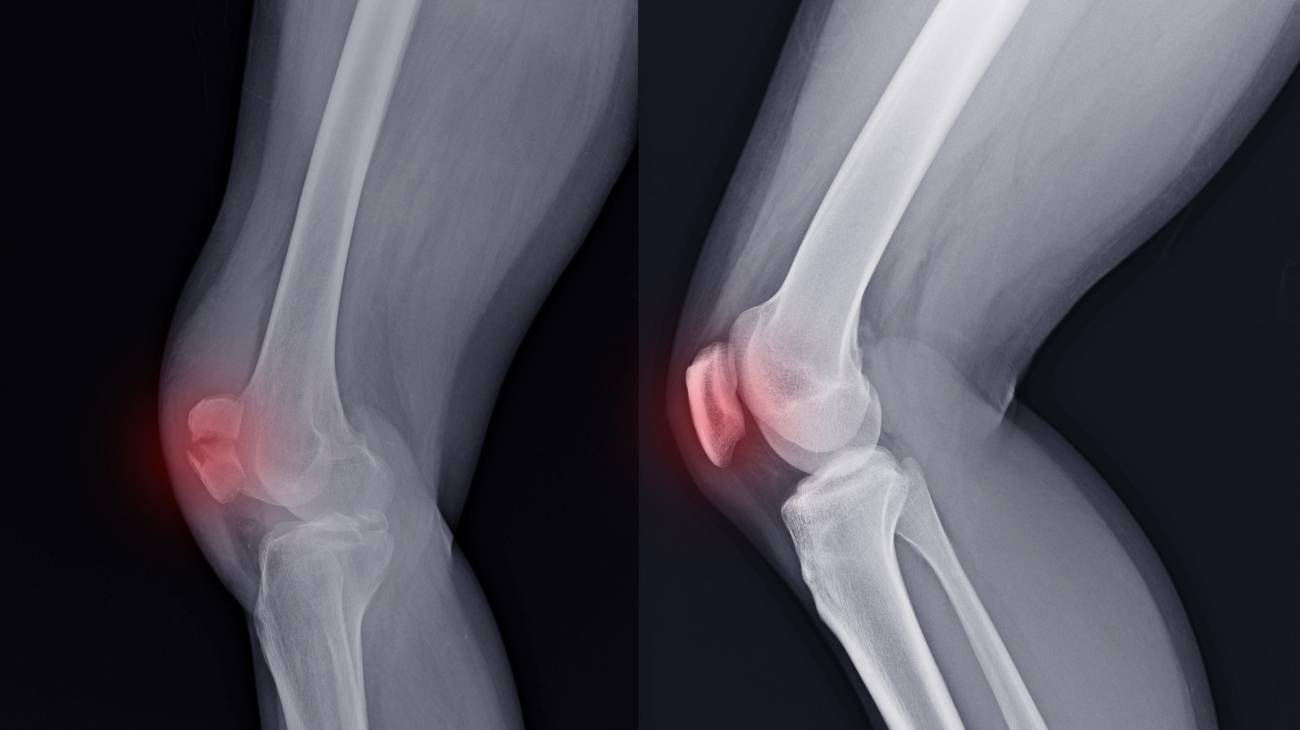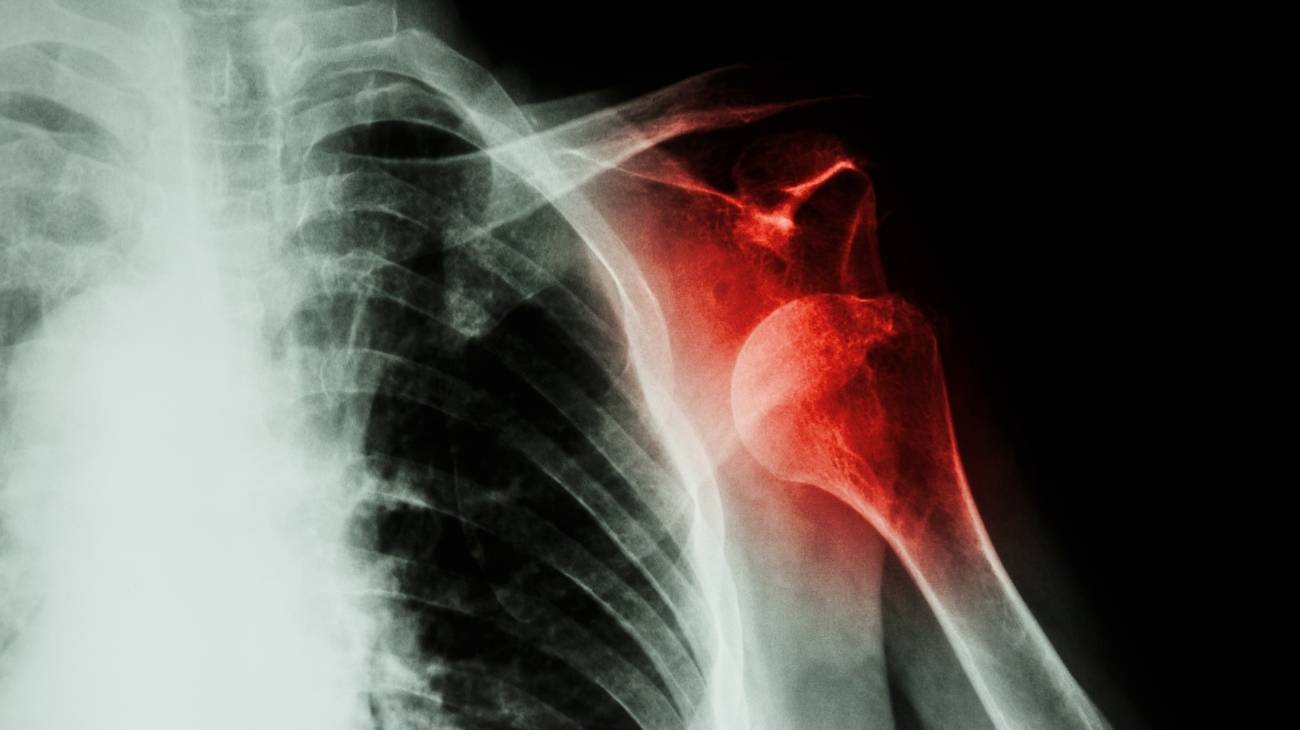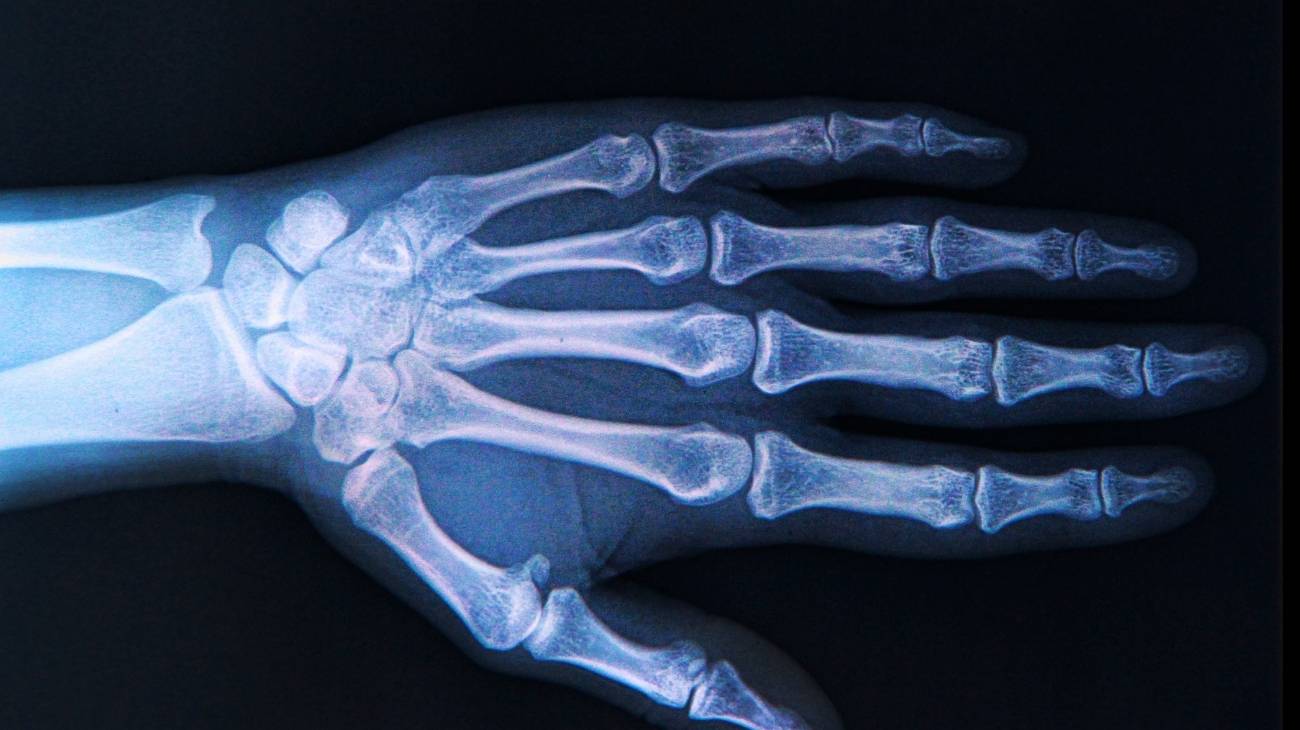Kneecap Dislocation
Kneecap dislocations can cause intense pain, swelling, and joint instability, making recovery a challenging process. Specialized recovery tools such as compression sleeves, cold therapy wraps, and resistance bands provide targeted relief, improve mobility, and help prevent future injuries. These products ensure a faster and safer recovery, allowing you to regain strength and confidence in your knee’s stability.
Featured Categories
Kneecap dislocation, also known as patellar dislocation, occurs when the patella is forced out of its normal position. This injury is often caused by trauma, sports activities, or a sudden twisting motion. The condition results in severe pain, swelling, and a lack of stability in the knee joint, requiring proper care and recovery tools. Using the right products can significantly reduce recovery time and help restore full mobility.
Compression sleeves are essential for managing the symptoms of kneecap dislocations. They provide consistent pressure around the joint, reducing swelling and enhancing blood circulation. This increased blood flow helps repair damaged tissues and stabilizes the patella, preventing further displacement. Compression sleeves are designed for all-day comfort with breathable materials that do not restrict movement.
Cold therapy wraps are highly effective during the initial recovery stages. Cold therapy helps reduce inflammation and numb pain, providing immediate relief and improving recovery outcomes. These wraps contour perfectly to the knee, delivering targeted cooling to the affected area while allowing for limited mobility.
In more advanced stages of recovery, TENS machines are valuable for managing residual pain and improving muscle function. TENS devices send low-level electrical impulses to block pain signals and stimulate the surrounding muscles. This promotes faster recovery and enhances knee strength and mobility.
Heat therapy can also be incorporated during the rehabilitation phase to relieve stiffness and improve flexibility. Heating pads or thermal wraps boost blood flow to the knee joint, easing discomfort and preparing the muscles for mobility exercises. Heat therapy is particularly useful during physical therapy sessions to regain a full range of motion.
Rehabilitation exercises are a critical part of recovery from a kneecap dislocation. Resistance bands are ideal for strengthening the quadriceps and other muscles supporting the knee. Gradual resistance exercises improve joint stability and prevent future injuries. Incorporating these tools into your recovery routine ensures a comprehensive approach to healing and long-term prevention.
Feel Recovery offers a wide range of high-quality products designed to aid in every stage of kneecap dislocation recovery. From pain relief to muscle strengthening, our collection ensures a smooth and effective path to full mobility.
FAQ: Frequently Asked Questions
What are the best products for recovering from kneecap dislocations?
Compression sleeves, cold therapy wraps, and TENS machines are highly effective for managing pain, reducing swelling, and stabilizing the kneecap. Resistance bands are essential for muscle strengthening and long-term prevention.
How can I choose the right compression sleeve for my knee?
Measure the circumference of your knee and consult the product's sizing guide. A proper fit ensures optimal support and comfort for effective recovery.
Can these products prevent future kneecap dislocations?
Yes, tools like compression sleeves and resistance bands help stabilize the knee joint and strengthen surrounding muscles. Maintaining joint strength and flexibility is key to prevention.
Are these recovery tools safe for people with sensitive skin?
Most products are made from hypoallergenic materials, ensuring safety for sensitive skin. Check product descriptions for detailed information about the materials.
How do I care for and maintain these recovery products?
Hand-wash compression sleeves and cold therapy wraps with mild soap and cold water. Wipe TENS machine pads gently after use. Proper maintenance ensures durability and long-lasting performance.




